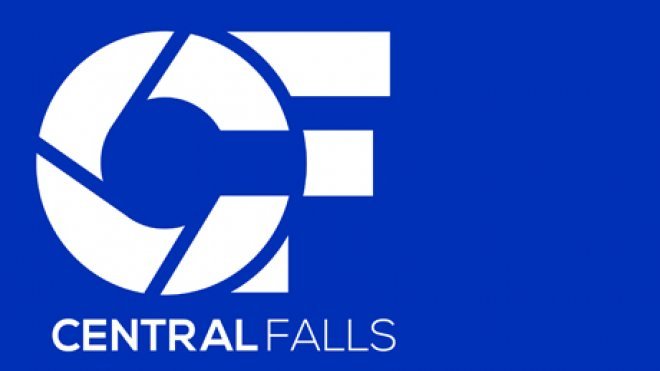In Central Falls, a Bold Design Signals a Bright Future
Graphic design students from RWU team with city officials to create a modern, bold brand identity that also embraces the community’s history

CENTRAL FALLS, R.I. – It may be the smallest city in Rhode Island, but Central Falls – newly nicknamed the “Comeback City” for its recent success stabilizing its finances following Chapter 9 bankruptcy in 2011 – has big ideas for growing its economy, creating jobs and improving the city’s business climate.
To add to the city’s resurgence, officials in the Central Falls Office of Planning and Economic Development joined forces with graphic design students and faculty from Roger Williams University as part of a Community Partnerships Center project aimed at creating a new brand identity, including a city logo, that communicates the city’s prosperous and bright future.
Before the students could begin brainstorming a new brand identity and design palette, they spent weeks researching Central Falls’ history as a historic textile mill city. Rui Almeida – the city’s assistant director for architecture and redevelopment – stressed the importance of incorporating the rich industrial history of Central Falls to the student group at the project’s outset.
“One thing that was very important to us is the city’s historical identity,” Almeida said. “We want to keep our identity, and the only way to do that is through our history. That’s one component we passed on to the students as a requirement. We didn’t want to invent a new identity without that historical fabric.”
After weeks of consulting with city staff members, spending time within the Central Falls community and researching the city’s history, the student group began creating potential design concepts, color palettes and a brand aesthetic that would communicate a modern, bold and consistent brand identity. The elements included a city logo and signage for new construction, real estate developments and local parks and recreation areas, such as the Jenks Park and Cogswell Tower.
The students created a customized blue as the primary color for their proposed visual identity to represent the water-powered mills of the city’s industrial past. The bright blue also represents a bold yet clean and modern aesthetic for the new brand, the students say. The team used cast iron and other metal and wood visuals within the design palette to contrast the blue yet, similarly, incorporate the city’s industrial history within the look.
“We wanted to create a new, modern look and feel for the city that also ties back to its history,” said senior Tom Williams, a global communication and graphic design student from Saunderstown, R.I. “Because of what has happened in recent years with the city’s financial issues, the new modern brand we created tells people, ‘We’re here, and we’re moving forward.”
Beyond the initial design, the students also created a production plan detailing what materials would be used and when each design visual might be applied – necessitated by working with a real-world client, developing a practical implementation process was new to many of them.
“My graphic design experience to this point was just about what you’ve done on the computer, but there is so much more that goes into the process,” Williams said. “It’s been a great learning experience to be able to think about what kind of materials the signs will be printed on and how things will look and be produced outside of a computer screen.”
While planning is still underway for revitalizing the Dexter Street and Broad Street neighborhoods, among other developments in Central Falls, city officials believe the students’ design work will inform further discussions on rebranding efforts.
“Right now we are looking at the student’s brand concept as a springboard for thought,” Almeida said after the RWU team presented a semester’s worth of design work at City Halls in Central Falls on Dec. 11.
“With the students, the sky’s the limit and it’s this type of no-holds-barred thinking that is so valuable to us because it challenges our traditional ideas and can help us push the city forward.”